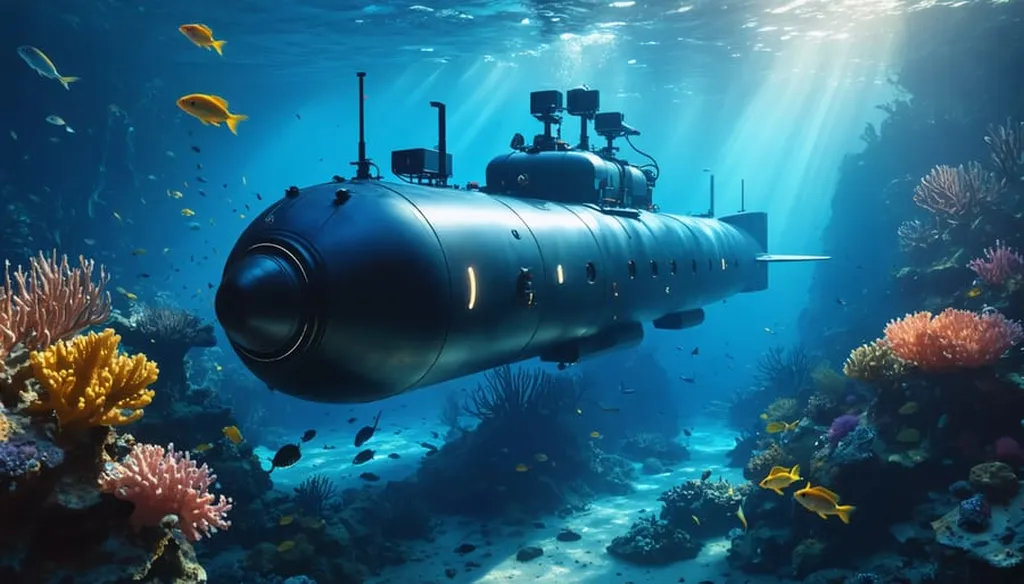This isn’t just another tech partnership—it’s a leap forward in how militaries and security forces coordinate undersea operations. Liquid Robotics and Hydronet have just demonstrated a live, multi-domain mesh network that keeps underwater, surface, air, and space assets connected in near real-time. This isn’t theory; it’s battle-tested. During a recent military exercise, multiple uncrewed underwater vehicles (UUVs) and Wave Glider uncrewed surface vehicles (USVs) were remotely coordinated through Hydronet’s Nexus Software Defined Modem and Edge Processing Platform. The result? A resilient, secure Command, Control, and Communications (C3) network that doesn’t just transmit data—it enables real-time decision-making.
The implications are huge. Traditionally, underwater assets had to surface to transmit data, leaving them vulnerable and breaking operational continuity. Now, with the Wave Glider acting as a subsurface-surface gateway, that’s no longer necessary. The Wave Glider’s long-endurance capabilities mean it can stay on station for months, maintaining persistent connectivity. This isn’t just about efficiency—it’s about survivability. By keeping assets submerged, the risk of detection and interference drops dramatically.
But the real game-changer here is the AI-powered edge processing. Hydronet’s Nexus isn’t just a modem—it’s a smart, adaptive network that autonomously adjusts to environmental changes, avoids interference, and makes decisions at the edge. This means faster response times, reduced latency, and the ability to execute complex tasks without constant human oversight. Combine that with Liquid Robotics’ Wave Gliders, which can operate in various sea states, and you’ve got a system that’s both robust and scalable.
This partnership isn’t just about connecting dots—it’s about redefining how maritime security missions are executed. The ability to dynamically coordinate a swarm of small underwater vehicles and USVs creates a powerful, cost-effective intelligence-gathering and surveillance network. It’s a shift from single-asset operations to a networked, multi-domain approach. And as Tommaso Melodia, Co-Founder and CEO of Hydronet, put it, “We are entering a new era of underwater networking and communications through the teaming of our technologies.”
The military applications are clear, but the potential extends beyond defense. Commercial maritime, offshore energy, and environmental monitoring could all benefit from this kind of persistent, secure connectivity. The key takeaway? This isn’t just about better tech—it’s about rethinking how we approach underwater operations. By integrating AI, edge processing, and multi-domain networking, Liquid Robotics and Hydronet are setting a new standard for maritime security and beyond.

